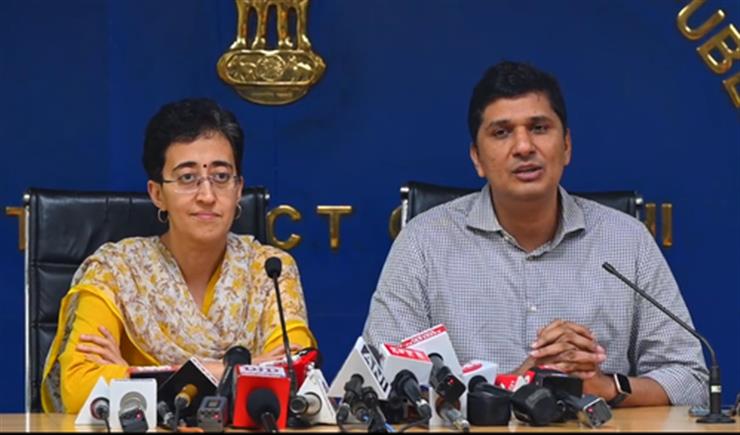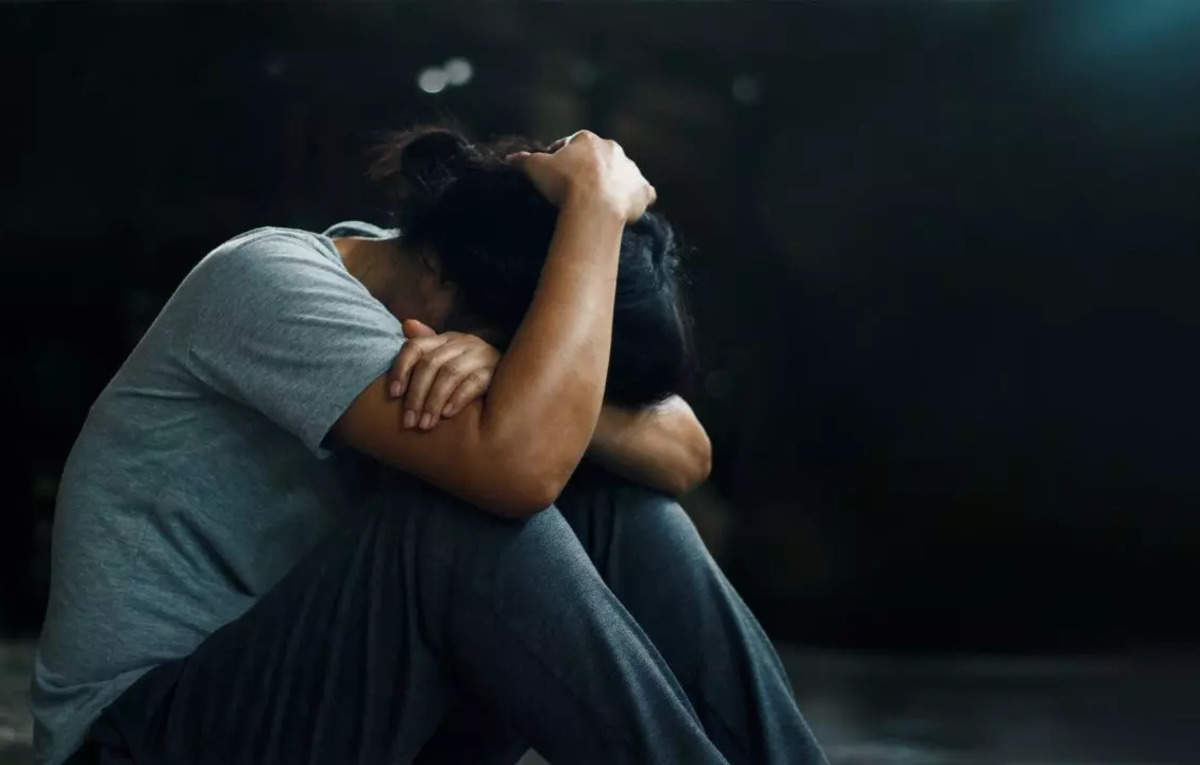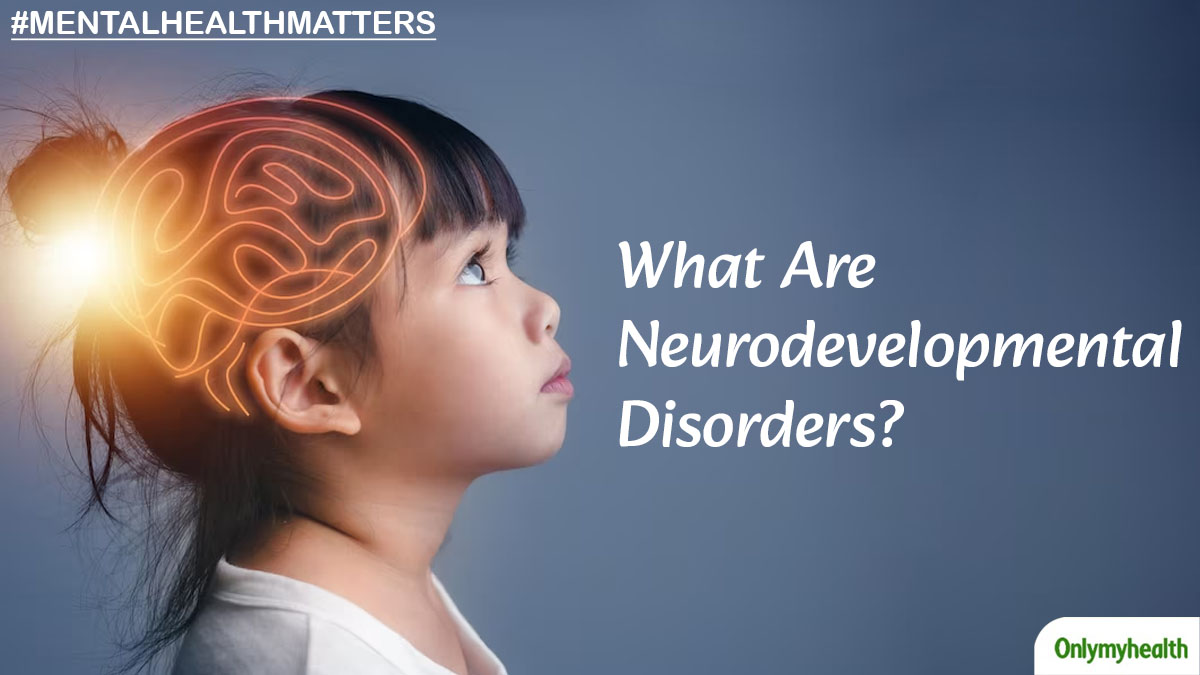

Adobe Stock
A recent letter released by three major health care groups stated emergency room mental health visits by youths ages 18 and under has increased 30-fold over the past decade.
The ongoing crisis in mental health issues among children in Utah and across the nation has prompted three major health care groups to issue a joint letter warning of the “astronomical” increase in emergency room visits.
The policy letter, written and released Aug. 16 by the American Academy of Pediatrics, Emergency Nurses Association and American College of Emergency Physicians, stated emergency room mental health visits by youths ages 18 and under has increased 30-fold over the past decade. Every year, over half a million children are evaluated in emergency rooms across the nation, the letter said.
In addition, the report states emergency rooms are not equipped to handle the complex mental health problems and called for additional sources of funding to expand more services for pediatric mental and behavioral health issues.
“Utah is similar to the rest of the country in the fact that we have consistently seen a rise in youth presenting to the ER throughout the state for mental health crisis visits,” said Dr. Lisa Giles, director of behavioral health at Intermountain Primary Children’s Hospital. “As we look at all of our Intermountain hospitals in the state, we have seen volumes continue to rise.”
Giles said visits did decrease somewhat during the COVID-19 pandemic but then began climbing again in 2022. Some of the issues kids are dealing with include suicidal ideation, anxiety, depression, obsessive compulsive disorder, ADHD, aggression, anger, refusal to go to school, oppositional behavior, temper tantrums and other concerns.
According to a study in February from the Centers for Disease Control and Prevention, the most common disorders diagnosed among U.S. children ages 3-17 are ADHD and anxiety, followed by depression and suicide in children 12-17.
One cause for the increase, the CDC stated, could stem from lockdowns during the pandemic, but other factors also play a role.
“I think one thing is better recognition,” Giles said. “We’re more willing to talk about it and acknowledge it, which stems from a decreased stigma in mental health, but there are also other reasons such as increased social media use, screen dependency, online bullying and losing more face-to-face interaction with other people.”
Giles said in addition, kids today are under a lot of pressure from world events. Decades ago, kids in school went through routine fire drills. Today, they have fire drills, earthquake drills, and active shooter/lockdown drills, which can drive anxiety issues.
“One thing we know for sure is the system is hard to access, so the ER becomes the front door for a crisis because people don’t know where else to turn. But we need to work on how to get them the right help at the right time and at the right place,” Giles said.
Giles said there are several resources in Utah to turn to. Primary Children’s Hospital has a behavioral health assessment, referral and consultation service where a team of specialists answers calls and conducts a triage to decide what services are needed and how they can be accessed as close to home as possible. The number is 801-313-7711. Another service available is SafeFam Utah, a stabilization and mobile response service where teams can go into the home and respond to the situation and provide help. The free service is available in most counties and can be reached at 1-833-723-3326. Anyone can call or text 211 to find available resources as well, and 988 is the national suicide prevention hotline to call 24/7.
“These resources can really help people work through those difficulties and make sure they have a connection with ongoing health services,” Giles said. “I always like to remind folks that kids are resilient. We need to continue to try to connect them to the resources in our schools and in our communities and get them the care they need. Help is available and I am optimistic that things are moving forward.”
Newsletter



































